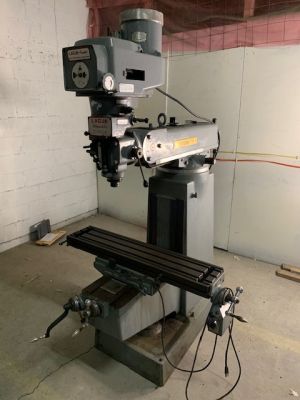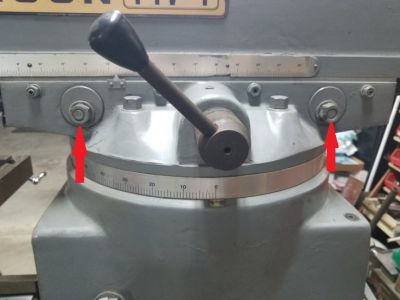Rocket Man
Well-Known Member
- Joined
- Nov 4, 2011
- Messages
- 240
- Reaction score
- 121
You should be able to find a manual online. I found my, Bridgeport mill, Reid #2 surface grinder, Churchill Lathe, manuals online. I have not used my surface grinder in 15 years it needs to be gone, I don't need it for the hobby stuff I do now.








